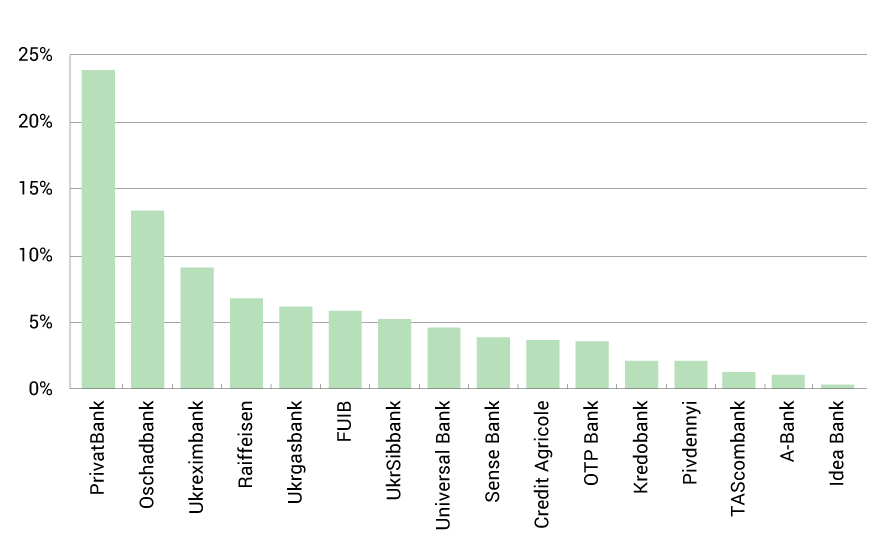Improper operation or failure of a SIB can inflict damage on the financial system and have an adverse impact on the economy in general.
This could be caused by their size, complexity of business models, irreplaceability, and systemic connectedness with other market participants. SIBs, using their weight and importance for the market, can take decisions that are beneficial for them, but not best suited for sustainability and efficiency of the market in general.
Such actions bring down the level of market discipline and distort competition. Therefore, the regulator’s special attention to systemically important institutions is necessary for safeguarding financial stability.








